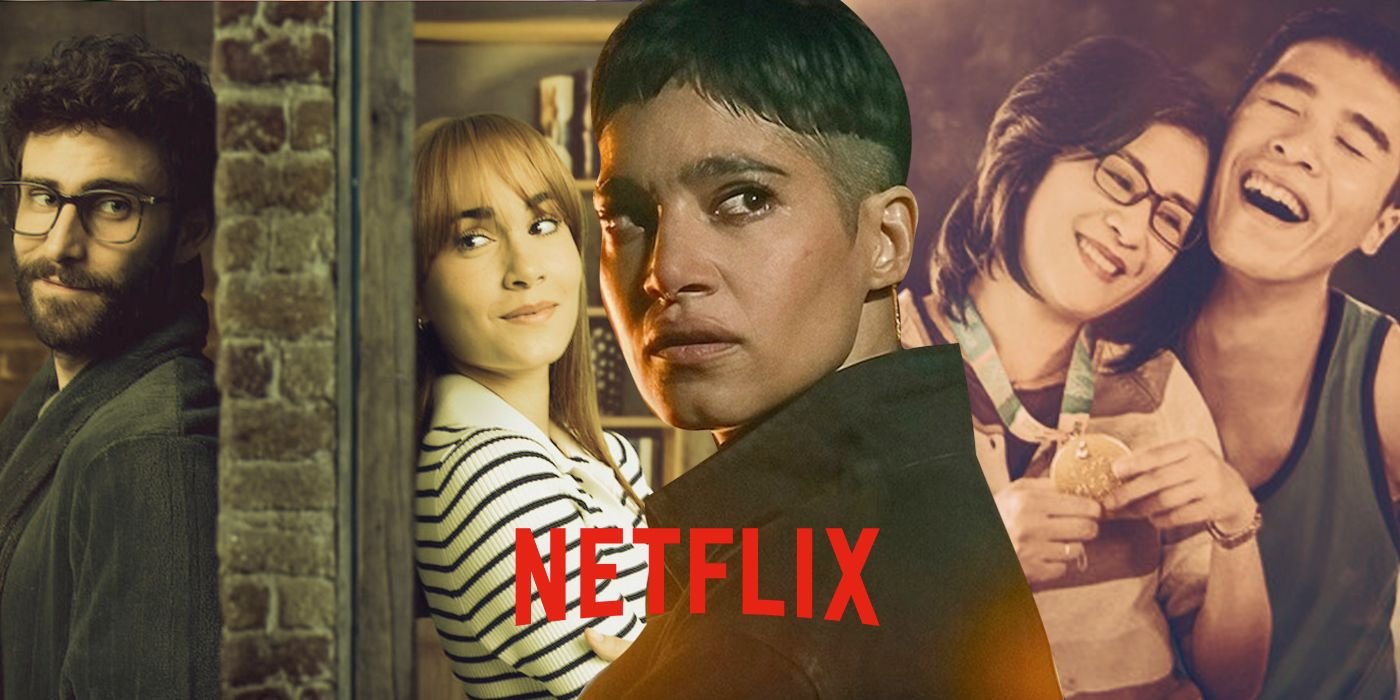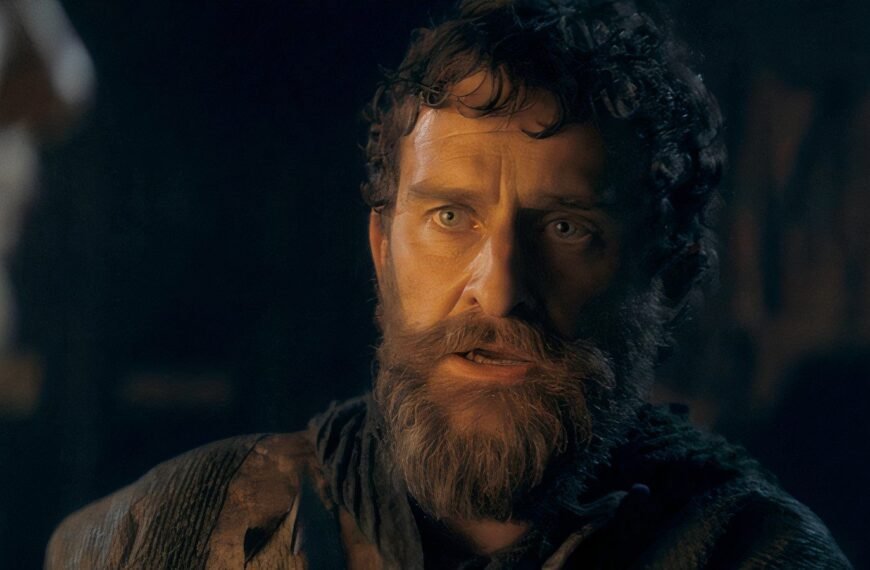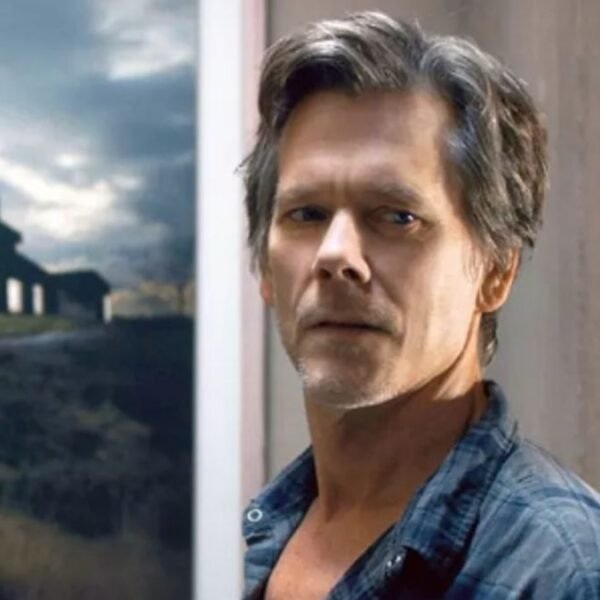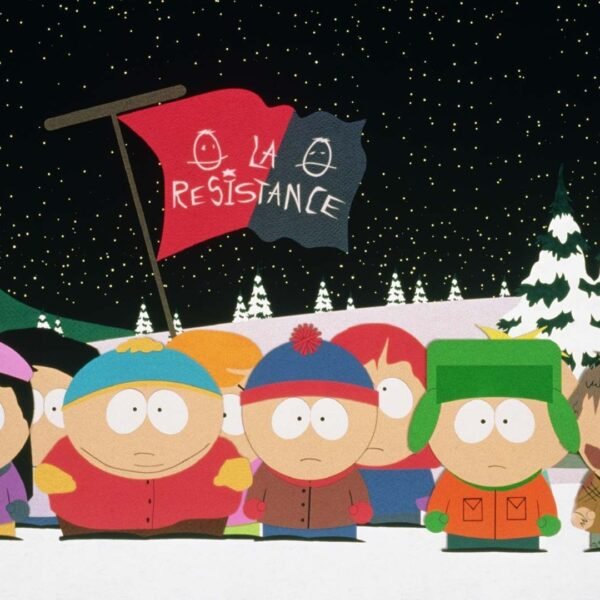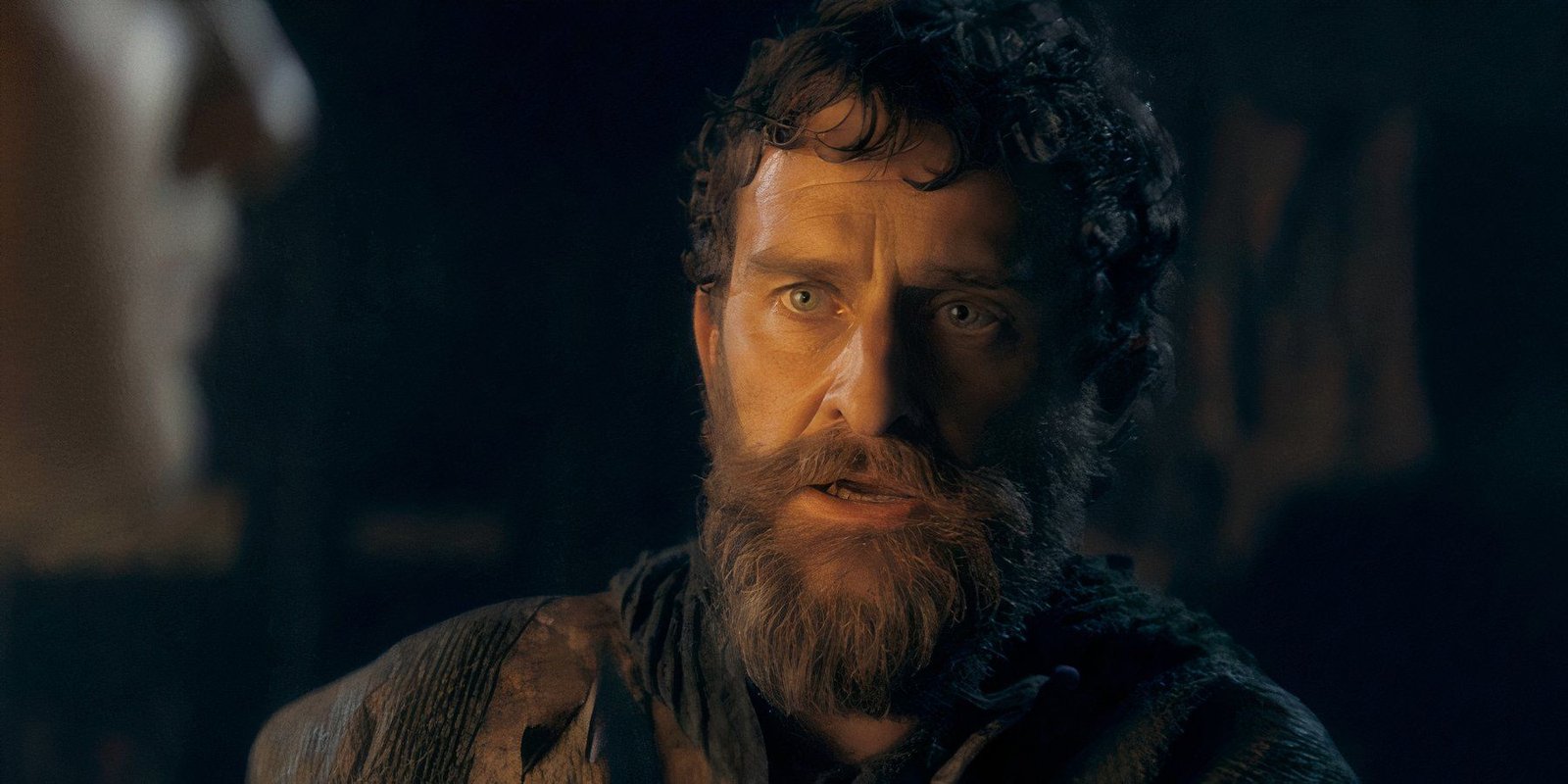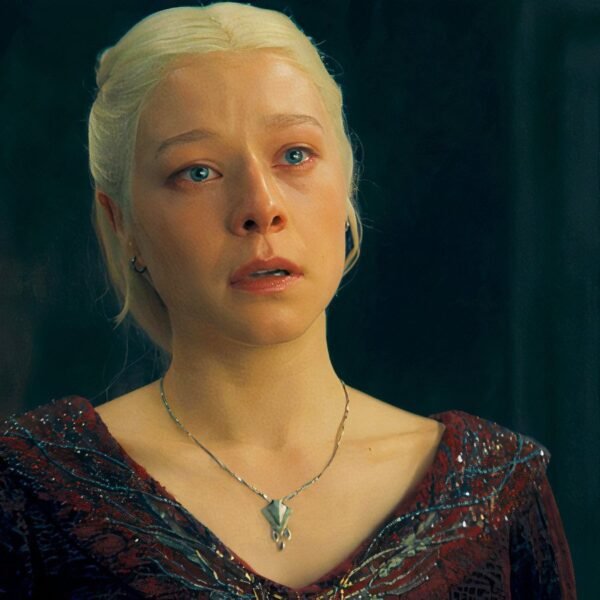Now that the dust has settled on Oppenheimer’s big win a few weeks ago at the Oscars and the film is now streaming on Peacock for all of us to enjoy at home, it’s time to look a little closer at Christopher Nolan’s magnum opus. Nolan is a filmmaker whose films have some of the biggest replay values ever. His mind-bending two-plus-hour epic tales have a lot of metaphors and hidden gems in them that go over your head the first time you see his films.
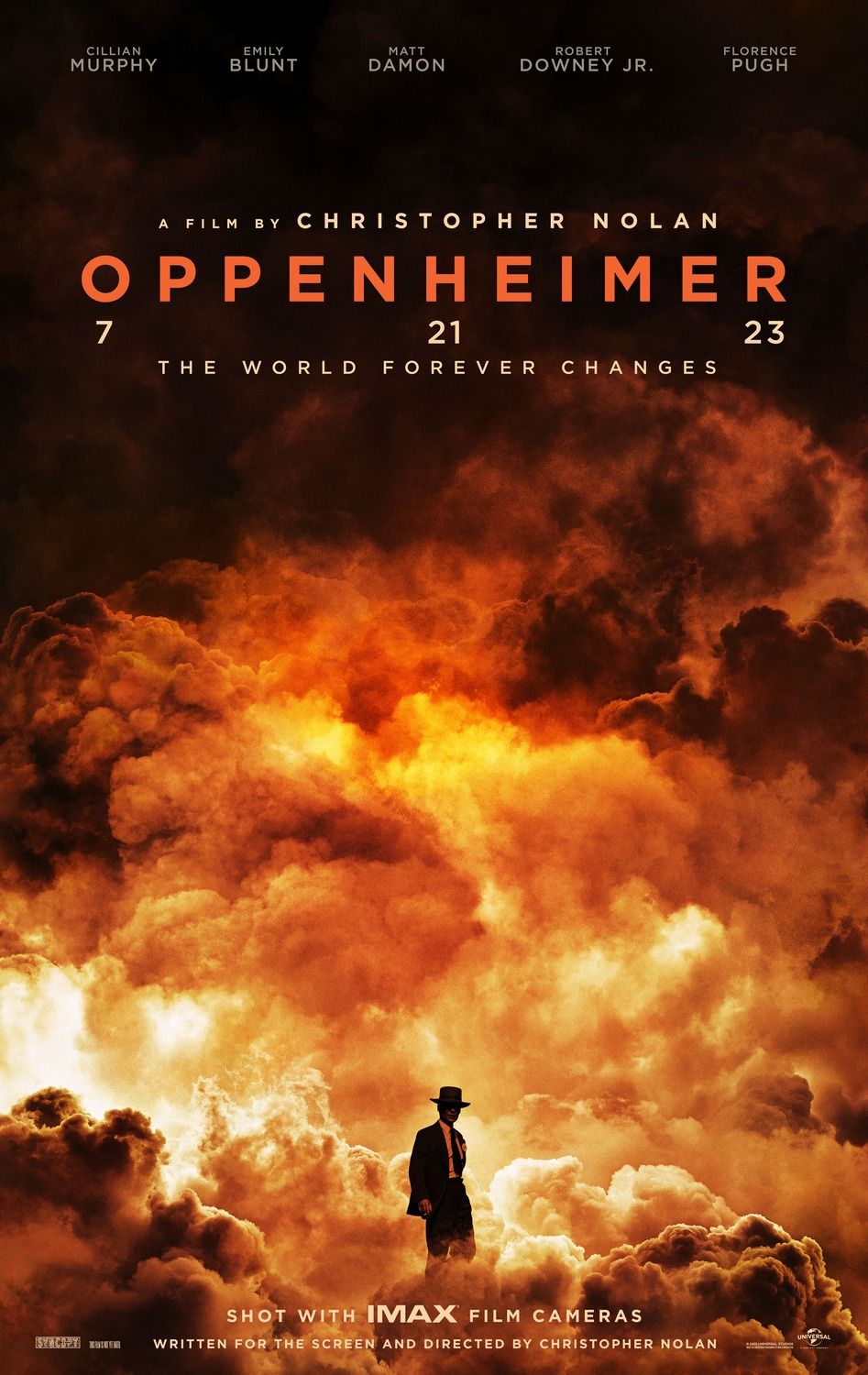
Oppenheimer
- Release Date
- July 21, 2023
- Cast
- Cillian Murphy , Matt Damon , Robert Downey Jr. , Emily Blunt , Florence Pugh , Gary Oldman , Josh Hartnett , Jack Quaid , Kenneth Branagh , Rami Malek , Alex Wolff , Matthew Modine
Oppenheimer is three hours of the right amount of stimulation, and with that comes a lot to study and dissect. One cannot just grasp what the Oscar-winning director is trying to convey to you in one sitting; you must keep going back. Oppenheimer, and pretty much all of Nolan’s filmography, has many integral parts that make up the grand idea of the picture. So let’s look back at some overlooked details that we may have missed the first time around in his most recent movie. Oppenheimer is available to stream on Peacock.
9 The Poison Apple Story
Early on in the movie, we follow a young J. Robert Oppenheimer (Cillian Murphy) while he is studying physics overseas at Cambridge. The future creator of the atomic bomb is depressed and frustrated with his demanding professor, future Nobel Peace Prize winner Patrick Blackett (James D’Arcy). He decides to poison him by injecting some potassium cyanide into his apple, which would indeed kill him.
The Truth Behind the Story
The poisoned apple situation is a great early moment in the film because, as Oppenheimer regrets the decision, he races back to find none other than his idol Niels Bohr (Kenneth Branagh) holding it. Luckily, neither his professor nor his idol are poisoned. The great thing about this is that, though a bit dramatic and often debated if it was a deadly dose on the apple, the core of the story is true. Oppenheimer was in a state of poor mental health while away at school, and he committed a desperate act that could have been costly.
Oppenheimer eventually married Kitty (Emily Blunt); they settled down and started a family. For anyone who has ever been in the early stages of starting a family, it isn’t easy. There are many scenes that explore their hardships with a domesticated life. Frequently, we hear their firstborn, Peter, crying, and their second child, Toni, cries just about as much. This foreshadows one of the more disturbing sequences in the movie.
The Post-Bomb Drop Celebration
Oppenheimer hearing the cries of his children and almost not being phased by them for most of the movie foreshadows the deeper issue that he has to deal with. In the now-infamous scene where he addresses many at a rally, but is stopped in his tracks as he realizes the harm he has done now. He sees visions of children being burned alive and screaming as they die from his creation, which now haunts him. It’s an interesting take on how he helped create life and yet also helped end it for many.
7 Matt Damon’s Character Shows us the Passage of Time
Matt Damon takes on the role of General Leslie R. Groves. If J. Robert Oppenheimer was the brains of the Manhattan Project, then Groves is supposed to be the bronze of the whole operation. He is tough on the scientist hired to create the bomb to end the war and has a duty he needs to uphold, and if you pay close attention, some of his physical traits on his uniform signify how long it takes to build the bomb.
Science vs. Military
When we meet Groves, he is just a colonel who approaches Oppenheimer about the project. From there, he becomes a general; we can see this by the one star on his uniform as he continues to frequent Los Alamos for updates on the project. We soon see he is now a two-star general by the badges on his uniform.
It’s interesting to see this in contrast, as Oppenheimer pretty much dresses the same in his hat, jacket, and pipe for smoking. This also shows you the rewards the government gave men like Groves and how guys like Oppenheimer were outcasted when they were no longer needed.
6 Water is Important in Oppenheimer
If you notice, water appears a lot in Oppenheimer, very subtly at moments, but it is there for a reason. A young J. Robert Oppenheimer notices it early on, and even the conversation between him and Albert Einstein that is woven throughout the film takes place in front of a pond. The reasoning behind the use of the element in the film is utterly astounding.
The Contrast between Water and Fire
In the opening moments of the film, where Oppenheimer studies raindrops hitting a puddle, he then has apocalyptic visions of fire burning that contrast with the calming of the rain, foreshadowing his creation later in life. The pond he stands at with Einstein as they discuss the horrors of the world they now know of is loaded with ironic imagery in the frame of the shot.
The bomb test was even nearly called off due to rain, and lastly, when he had visions of the world ending if the bomb malfunctioned and burned the atmosphere, the explosions all eerily looked like raindrops.
5 Oppenheimer Sees the Bomb In his Visions Early On
The early parts of the film have Oppenheimer envisioning quantum physics in his mind. His idol, Niels Bohr, speaks of it as if it were a musical language. However, Oppenheimer’s visions soon turn to nightmarish shots in his head of what the world is like in a subatomic world.
The Visions During the Test
All of these visions come full circle during the test. It’s easy to miss it, so one must pay attention during the Trinity Test. A lot of what Oppenheimer envisioned early on comes back to him as he stares at the explosion. All the beautiful, crystallized, scientific images of physics all become flames, and as his life goes on, after he was responsible for killing hundreds of thousands, he never sees the beauty in the science of his work, but rather the dread of it.
4 Black Holes
J. Robert Oppenheimer never set out to create the atomic bomb; it was a choice based on an opportunity that landed in his lap. Prior to joining the Manhattan Project, his main focus of study was black holes and neutron stars. Although it never gets revisited after it is mentioned early in the movie, there is a foreshadowing moment that plays into a big idea early on.
Dying Stars
When Oppenheimer meets Jean Tatlock (Florence Pugh), it is mentioned that he studies black holes and “how stars die.” There is a line of dialogue that states, “The bigger the star, the more dramatic its demise.” This isn’t a throwaway line; this is a metaphor for what will happen to him as his life goes on.
Oppenheimer could have gone back into the study of the stars above as he grew older, but he never strayed away from being the man behind the atomic bomb. He could have been a Nobel Peace Prize winner, many think, due to his genius in other fields of study. Yet he was haunted by how it all ended for him after World War II and the Red Scare of the 1950s.
3 Black & White Scenes
Like many Christopher Nolan films, there may not be a linear throughline to get you from point A to point B. Like in his film Memento, Nolan uses color changes to signify different timelines that are taking place within the story so you don’t get confused about where you are when watching the viewer. Although, in terms of Oppenheimer, that is true to an extent, there is more to the use of black and white in some of the movies.
Strauss’ Perspective
Mainly, the black-and-white scenes are meant to signify a shift in perspective from Oppenheimer’s to Lewis Strauss’ (Robert Downey Jr.) perspective. All the scenes where Strauss is the focal point are in black and white. The congressional hearings and the interactions with Oppenheimer from his point of view are all shot in black and white. It’s not a matter of flashbacks or shifts in time, as there are scenes taking place around the same time from Oppenheimer’s POV that are shot in color.
Although they share only a few scenes together, Cillian Murphy and Robert Downey Jr. deliver the two best performances of the film. Lewis Strauss is meant to be the villain of sorts against Oppenheimer in the fallout of World War II and the congressional hearings against the physicists, with the idea that he may have been a communist. Christopher Nolan, with his subtle ways of implementing metaphors, made these two characters a metaphor for something more scientific.
Fission vs. Fusion
Like many highly intelligent people, Oppenheimer is plagued with self-doubt. He has a personality that is bound to split and cave from the inside. This is something that, oddly, is the process of nuclear fission.
On the other hand, you have Downey as Lewis Strauss, a man with charismatic energy who feels unstoppable in his force to bury those who oppose him. His actions reflect the fused power of a bomb. These metaphors play a big in keeping the story going in the third act.
1 Chain Reactions
Most filmmakers, no matter how big the picture, have their film be one giant metaphor for something else. Christopher Nolan places many small metaphors woven in and out of the film, but the big picture of it all with Oppenheimer is that the whole movie is just one giant chain reaction.
Decisions Have Consequences
The biggest chain reaction of them all is the idea that all the physicists who were at the Trinity Test knew that there was a greater-than-zero chance that the bomb would set off a chain reaction that would ignite the earth’s atmosphere and blow up the world. Luckily, it doesn’t, but Oppenheimer’s fear towards the end of the movie is that now what he started could kick-start something extremely catastrophic.
However, every decision made in the movie, no matter if it is the beginning, middle, or end, propels the characters further and further down the road. There is explosion after explosion in the film, and Oppenheimer, even if he does not mean to, continues to add fuel to the fire.





